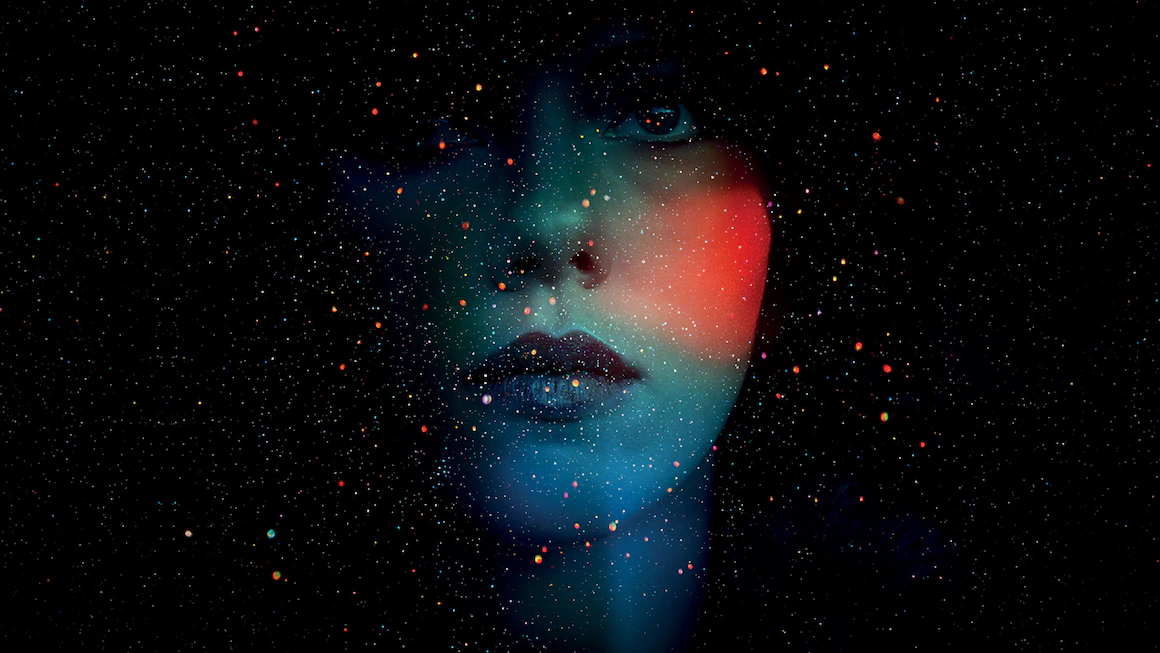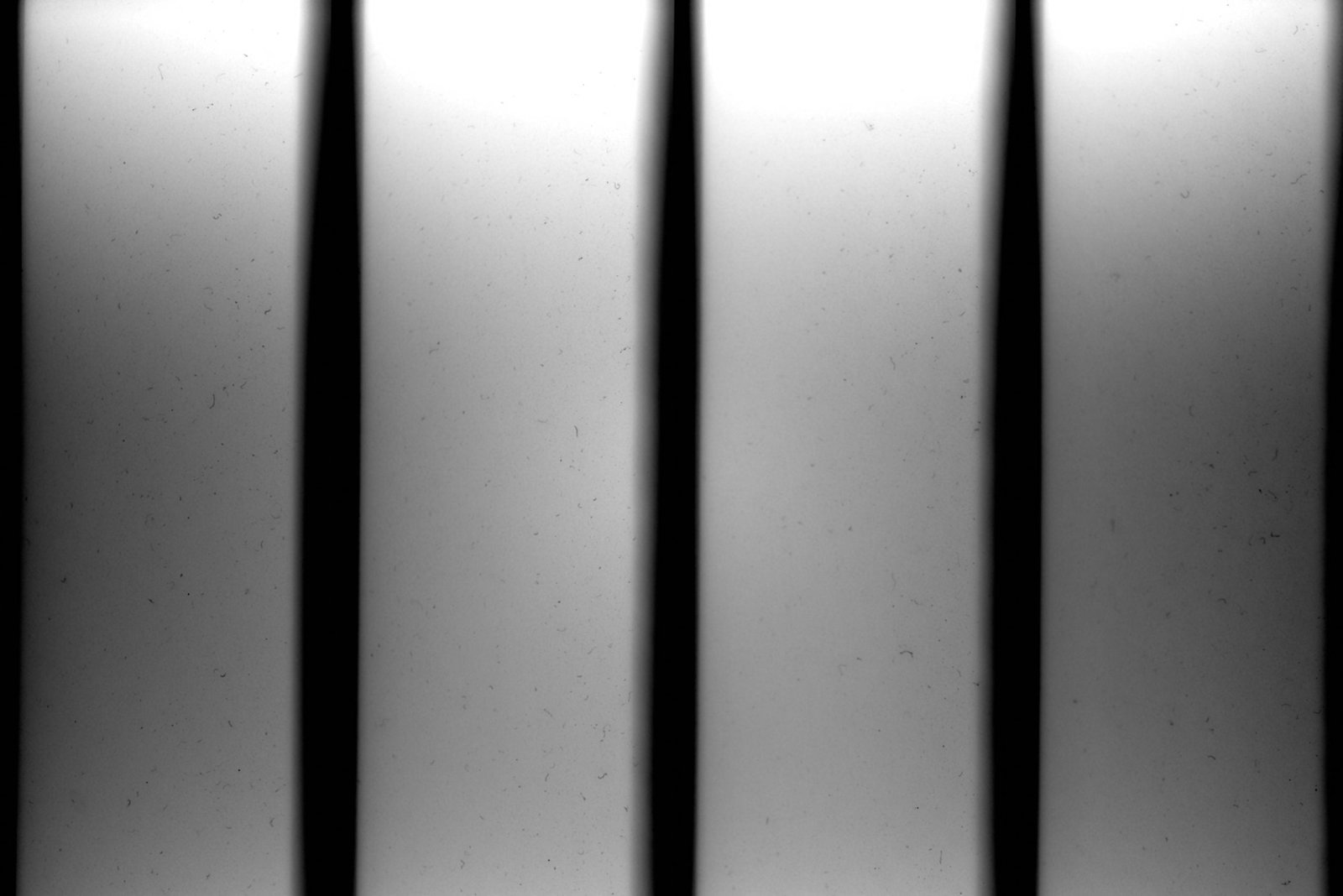Music Making
Background
BACKGROUND THINKING
I thought that, before launching into some of the practicalities of creative practice, I would go into the background of making music, why we might do it, who we are expecting to listen to it, and what influences might be included in its conception. We now have nearly limitless access to the means of making music, and to a potential audience, and yet this in itself can prove to be something of a barrier to creation unless we first get clear in our heads why we are wanting to make music in the first place. The options can be overwhelming, and the world is already awash with an excess of derivative, mediocre music, and human-produced sound in general.
Music making has a special place in the arts, as it is the least tangible, and capable of the greatest emotional and transcendent expression. How we conceive of the music we make, and the way in which we go about it, have a huge impact on the quality of what we make and the way in which it is received. This is not a quality that is dependent on genre, the method of creation, or the experience of the practitioner, although all of these factors will of course make a difference. Rather, it is about the mindset that existed in the creator prior to them beginning the process, and the way in which they then go about the creation of their work. In my experience, the best results invariably and reliably come when the intellect is almost entirely bypassed, and one of the greatest uses of time in an artist’s life is devising ways in which this can be accomplished on demand. I will cover some of these approaches in a later post, but the general gist is that the creation of work in a free flow of ideas, with little or no conscious analysis, is the best way to go about the creative phase. True creation comes from a place of intuition beyond the mind, and the chatty inner critic has nothing to say here. At a later juncture it is nearly always desirable to go back over the work produced, and use the intellect to edit and improve on the initial thoughts, but in terms of pure creation the ideal mind state is silence.

The creative process
At this point, I must take a half-step back. To create with a free flow of ideas in the moment is an ideal, but it is rarely possible from the outset. The primary requirement is a base level of technical ability, to then allow these ideas to flow. We have to also find our own language in music, in the way that we express ourselves, and how we use instruments. Every great artist has an identifiable quality to their work, sometimes only appearing many years into their working life, but all of us are on this path the moment we begin creating. Every piece of music created gives rise to new ideas and approaches, and consistency in our work builds over time into a cohesive technique that is entirely ours. At every step we can ask ourselves if we are being as creatively open as possible, and exploring ideas that may widen our skills or broaden our range. My number one piece of advice to anyone at the early stages of making music, or any creative practice, is just to create as much as possible with little concern for the ultimate quality of the final piece. It is amazing how many fortuitous accidents happen when in the flow of creation, whether it is simply choosing a preset that ‘just works’, or an accidental process that creates a weird new sound, or a sound from outside the window that somehow gels with what you’ve already created. It is important to accept what works, regardless of whether it was what you were intending with the thinking mind, and to be open to the wonky hand of fate!
There is an interesting story about the most effective way for the brain to master a new skill – some students were asked to make pots over the course of a semester. Half were allowed to only make 1 pot, but with all of their attention lavished on the creation of this one perfect outcome. The other half had to start a new pot every week or so, with only the best pot being counted as their output. After a year, the pots were judged against each other in a blind test, and the overwhelming result was in favour of the pots created after a year of many iterations and failures.
This is a great illustration of why it is best to create without self-judgement and a certain detachment from the result, at least for the first period of your creative life. I think it took me at least four years to get to a point where my creative process ‘clicked’ and became consistent at creating music that I was happy with. Until that point I simply made a point of finishing as many of the tracks I started as possible, even if I knew they weren’t going anywhere, and even if the finishing was rough. If a track was showing promise then I made more effort with it, but even then I always moved on to the next one pretty quickly so as to keep the flow going.
That is not to say that every piece of music I created after that initial four year period was a winner – far from it – but it allowed the creation of a number of skills and gave rise to some working practices that were entirely my own. There is a tendency in the modern world to look for ready-made answers, and this is a natural expression of the way our minds work, but it is not the ONLY way or even the best way. Finding one’s own path through trial and error, failure and experimentation is still the best way to find your own artistic path, and will provide the greatest chance of longevity and life-long satisfaction in what you create.



